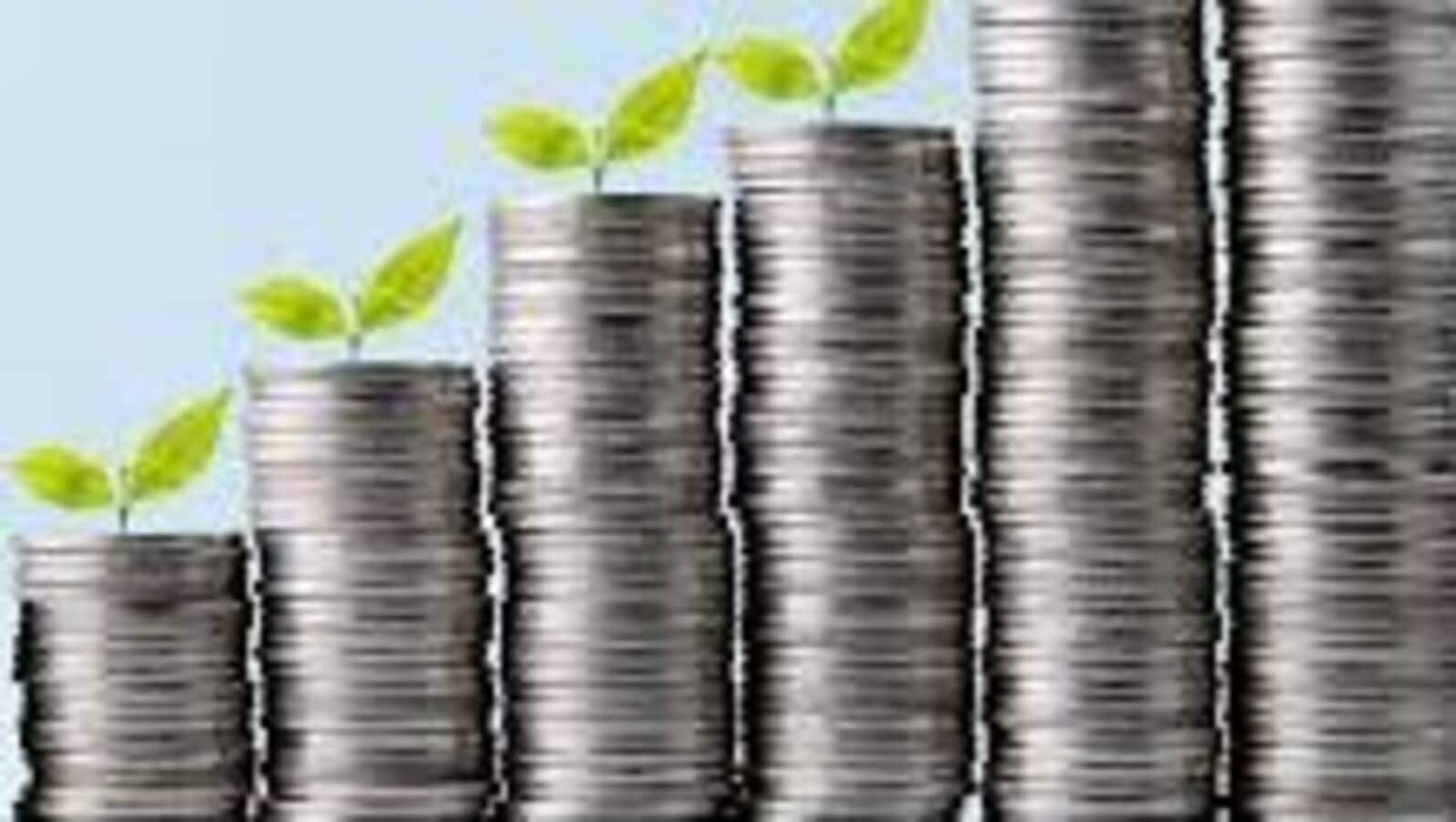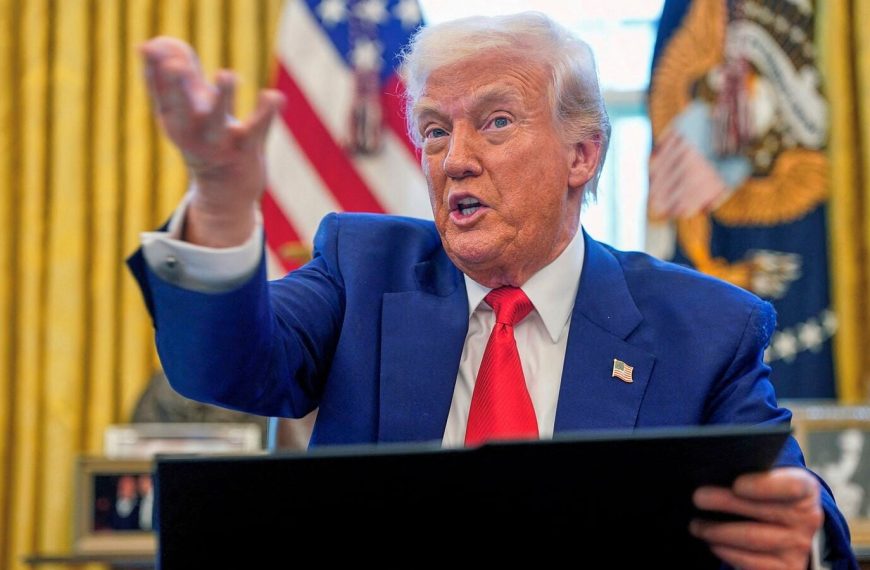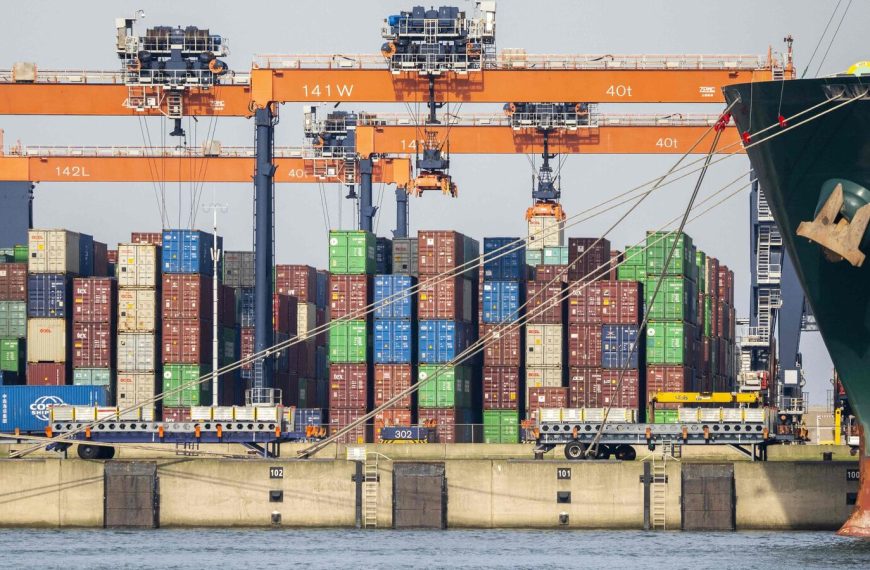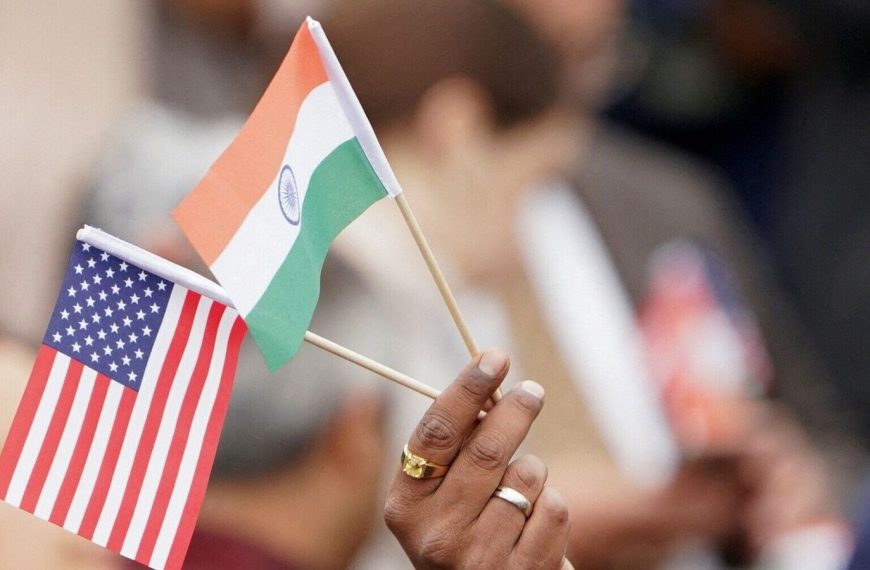The Rajya Sabha has recently concluded its review of the Finance Bill 2025, sending it back to the Lok Sabha with 35 amendments, including the exciting repeal of a 6% digital tax on online advertisements. This action marks the official completion of the 2025-26 budgetary process, which kicked off on February 1. The Appropriation Bill (3) was also returned to the Lok Sabha with a voice vote, further solidifying the parliamentary proceedings.
Key Developments in Budgetary Measures
Earlier in the day, Finance Minister Nirmala Sitharaman presented both bills in the Rajya Sabha. The Lok Sabha had already approved the Finance Bill on March 25 and the Appropriation Bill on March 21. During her response to the debates later that evening, Sitharaman emphasized the Finance Ministry’s commitment to maintaining revenue while also honoring the Indian taxpayer. "We wanted to utilize this opportunity to establish a threshold of ₹12 lakh, ensuring that no one will pay taxes below this amount," she stated.
Budget Overview for 2025-26
The Union Budget for 2025-26 anticipates a total expenditure of ₹50.65 lakh crore, reflecting a 7.4% increase from the previous fiscal year. Key allocations include:
- Capital Expenditure: Proposed at ₹11.22 lakh crore, with an effective total of ₹15.48 lakh crore.
- Gross Tax Revenue Collection: Expected to reach ₹42.70 lakh crore.
- Gross Borrowing: Estimated at ₹14.01 lakh crore.
In addition, ₹5,41,850.21 crore is allocated for Centrally Sponsored Schemes, a substantial rise from the ₹4,15,356.25 crore designated for the current fiscal year. For central sector schemes, ₹16.29 lakh crore is earmarked for FY26, an increase from ₹15.13 lakh crore in FY25.
Factors Influencing Budget Allocations
The rise in budget estimates for 2025-26 can be attributed to several factors, including:
- Increased interest payments on market loans and treasury bills.
- Higher military expenditure, particularly in capital projects.
- Enhanced provisions for employment generation initiatives.
Total transfers to states, encompassing devolution of shares, grants, loans, and releases under Centrally Sponsored Schemes, are projected to be ₹25,01,284 crore—a notable increase of ₹4,91,668 crore compared to actuals from 2023-24.
Fiscal Health and Economic Growth
The fiscal deficit for FY26 is projected to be 4.4%, down from 4.8% in the current fiscal year. Moreover, the GDP for FY2025-26 is expected to hit ₹3,56,97,923 crore, representing a 10.1% increase over the revised estimates of ₹3,24,11,406 crore for FY2024-25, as reported by the National Statistical Office (NSO).
This comprehensive budget reflects the government’s strategic approach to fostering economic growth while ensuring fiscal responsibility. The steps taken, particularly in abolishing the digital tax, aim to create a more conducive environment for digital businesses in India.











